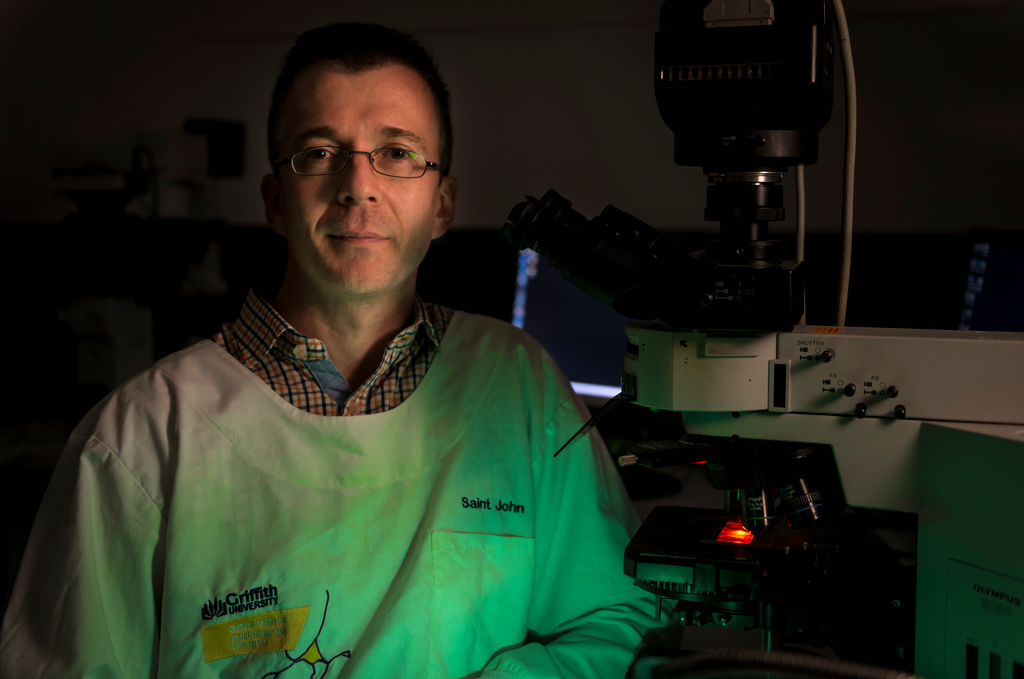Natural compounds derived from Australian plants have been found to stimulate cells that are useful for transplantation to repair spinal cord injuries.
The results of this research have recently been published in Scientific Reports by a team of scientists based at the Griffith Institute for Drug Discovery (GRIDD) and Menzies Health Institute Queensland (MHIQ).
GRIDD Senior Researcher Associate Professor James St John said the two compounds were sourced from the Australian desert plant Eremophila microtheca by the natural product chemist Associate Professor Rohan Davis, who heads NatureBank which is a vast resource of Australian natural products used for drug discovery.
“Identifying natural products that stimulate the body’s natural repair mechanisms is an exciting area of research, and has great potential for the discovery of new drugs,” Associate Professor Davis said.
“The current collaboration between GRIDD and MHIQ, while still only in its infancy, is gaining traction, and the recent findings are very encouraging.”
Repairing the injured spinal cord using transplantation of olfactory ensheathing cells (OECs) is a promising therapy as the cells can assist in the clean-up the injury site and enhance nerve cell regeneration.
“But we need to make the therapy better and improve the function of the transplanted cells so they can do their job more effectively,” Associate Professor St John said.
“For this, we turned to natural product drug discovery to find compounds that can stimulate the cells used for transplantation.”
The two compounds, RAD288 and RAD289, were tested in various complex laboratory tests to see how that could stimulate the OECs. Both compounds improved how quickly OECs clean up cell debris that arises from dead cells, however, only one compound, RAD288, stimulated how fast the cells move.
“Perhaps most exciting is that the natural compounds were quite specific to the olfactory cells as they did not stimulate other closely related cells,” Associate Professor Davis said.
“This work demonstrates that simple structural changes to a compound can dramatically affect the resultant cellular action and shows how chemistry can be applied to biology to find treatment options of the future.”
“We are now looking at how these two compounds can be incorporated into the cell transplantation process to improve recovery after spinal cord injury,” Associate Professor St John said.
“We have an outstanding team of 30 researchers here at Griffith University who are all working on the spinal injury project so we are very hopeful of getting good outcomes for the community as soon as possible.”
